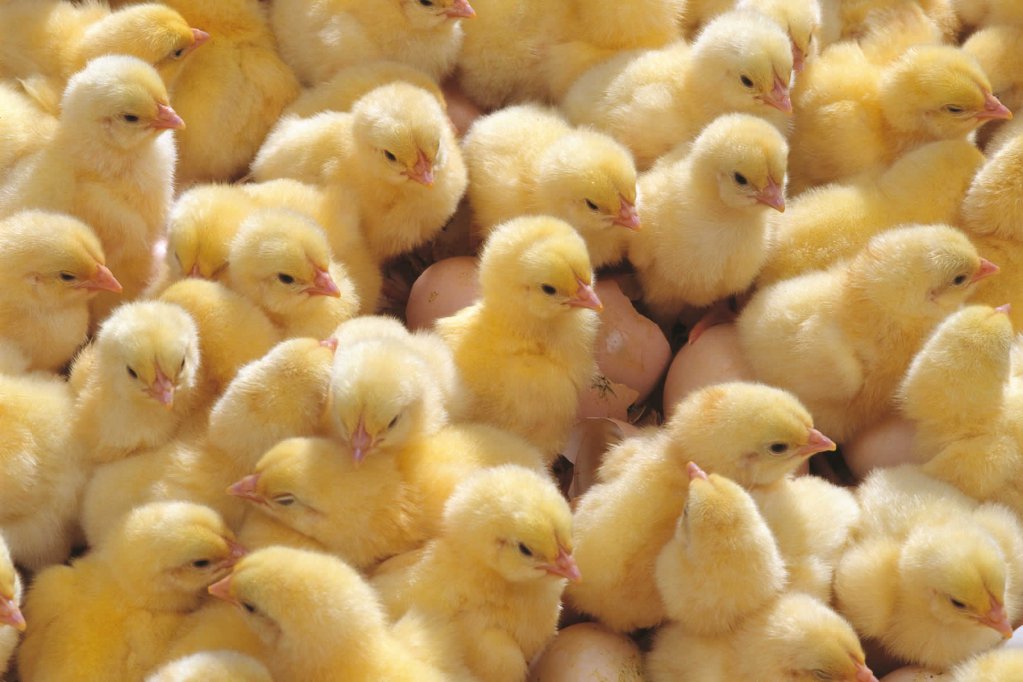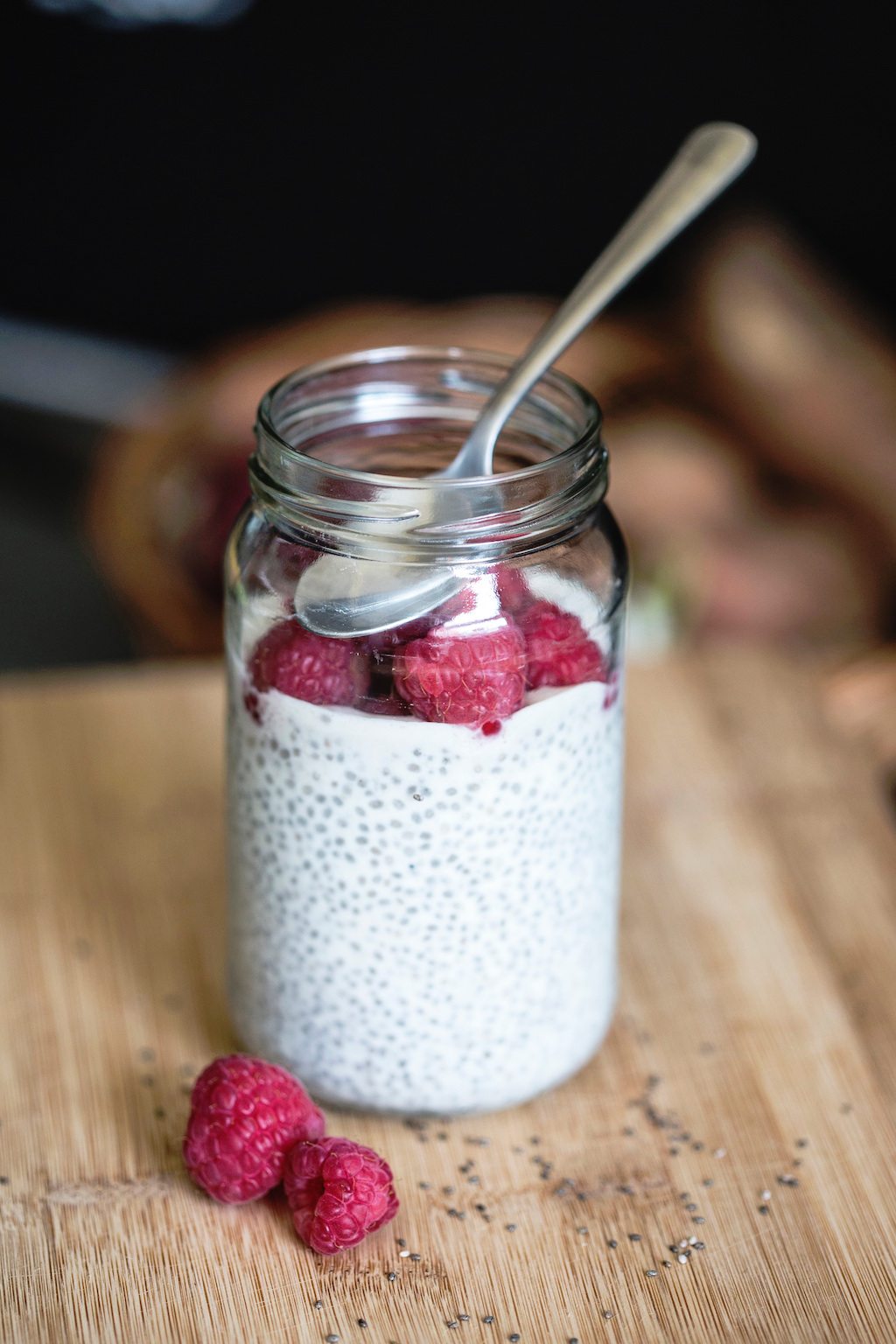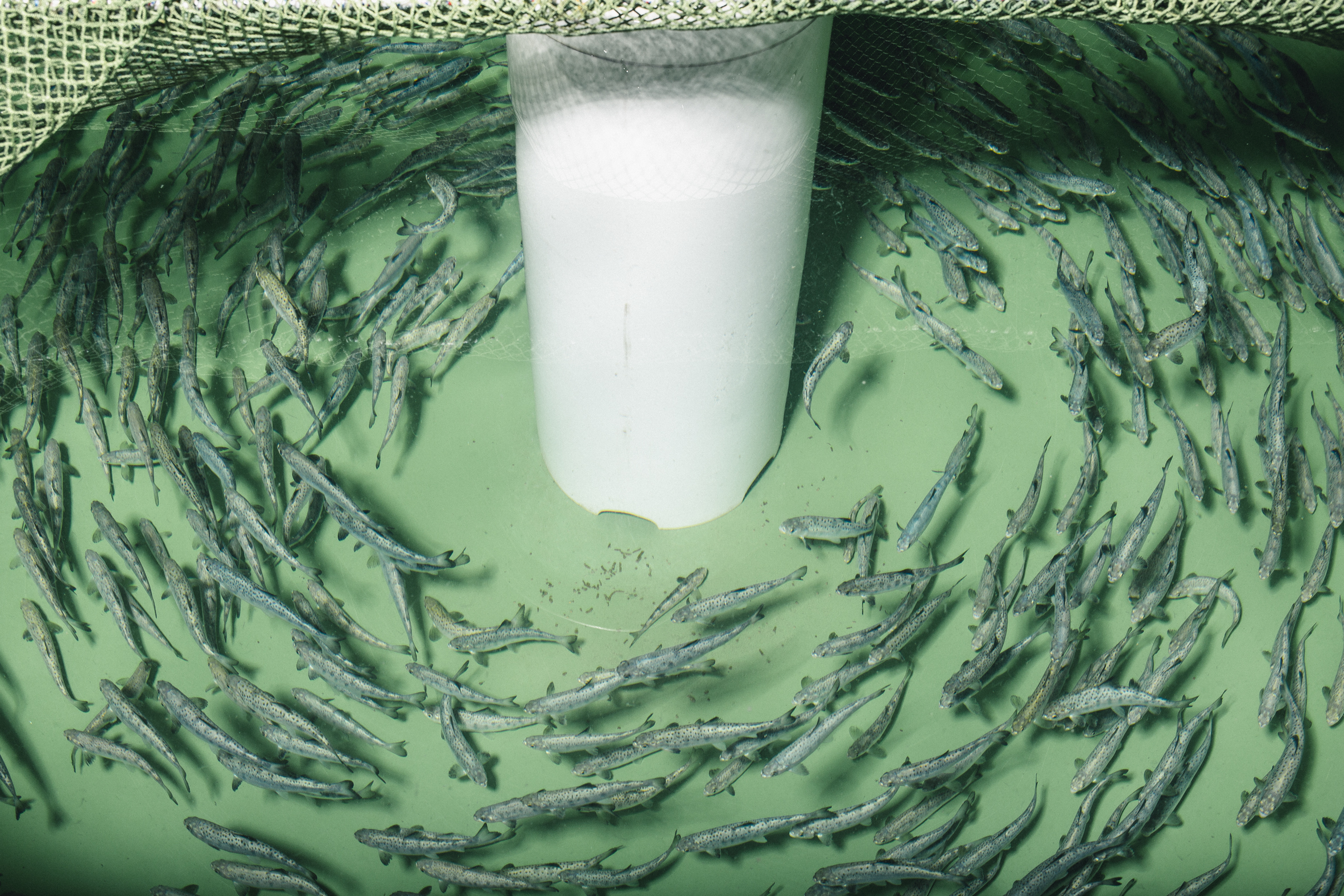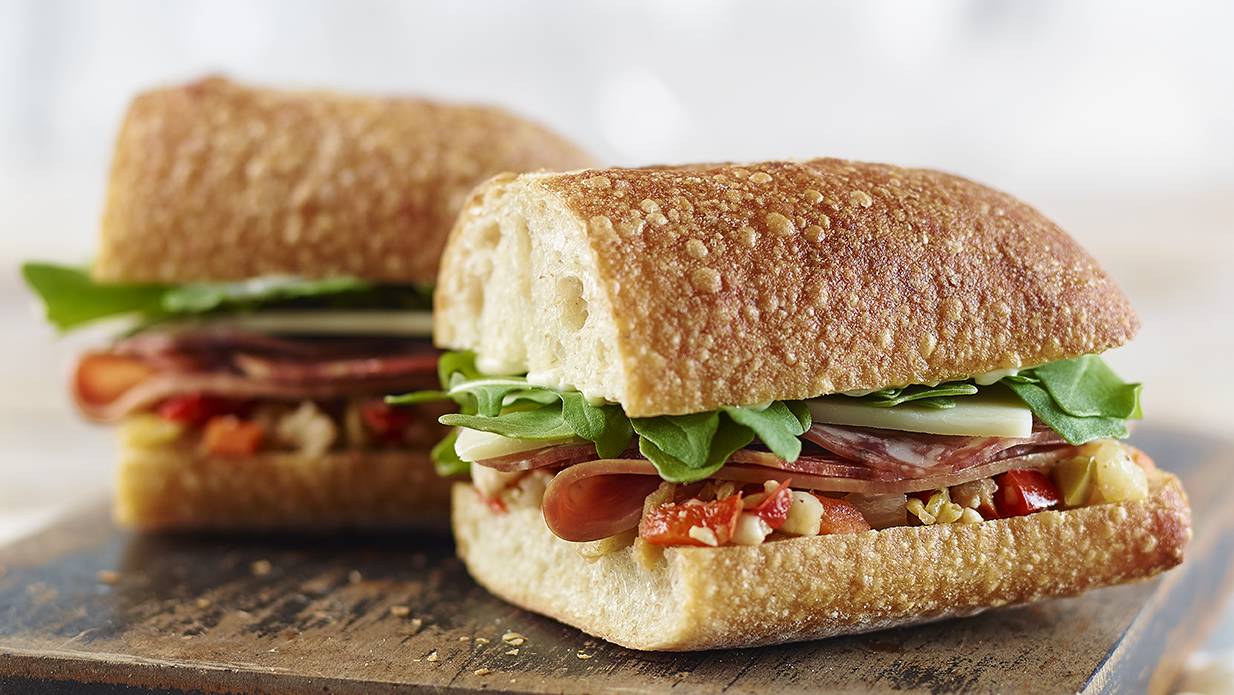The poultry industry’s latest morsel of scientific wisdom has a strange, koan-like ring: what you feed the egg matters more than what you feed the chicken.
Welcome to the brave new world of perinatal nutrition. In the very near future, a young chick’s diet is going to be scrutinized well before it’s even born.
Consider the increasingly short lifespan of the factory farmed chicken, whose days have become more fleeting in recent decades. Thanks to selective breeding, and the poultry farmer’s need to convert feed to meat as quickly as he can, commercial broilers (chickens raised for meat) reach full weight twice as fast as they did in the 1970s. As chickens get better at packing on the pounds, then, the relatively inflexible incubation period—the 21 days a chick spends inside an egg, from conception to hatching—becomes an ever-larger proportion of its time on planet earth.
The quality nutrients received during those 21 days, new science suggests, determines how healthy a chicken will be throughout its brief life.
But for years, the commodity chicken industry—the big guys, raising birds on an industrial scale—have unwittingly done the very worst thing for bird health: They’ve fed their chicks nothing for the first few days of life. Why? No one really thought you needed to. When chicks are born, the last of the yolk is still attached to their intestines, a nutrient-dense pouch that delivers lots of good stuff. It’s nature’s little failsafe: if something happens to the mother, or if food and water for some reason aren’t on hand, a chick hatches with a few days of sustenance built in.
Considering that, and since feeding chicks would require space and cost money, it just seemed simpler for hatcheries not to deal with it. Most chicks don’t taste food or water for 48 hours or more, until they’re shipped to the grower (the farm that will raise them to full weight).
A new body of research suggests what might seem like common sense: that the early period is nutritionally critical. Delayed feeding results in a more stressed, much less healthy adult chicken, one likely to have lower body weight, increased mortality, poor growth, worsened muscle development, and a weaker immune system. At the same time, research suggests chicks that are given food and water post-hatch display a wide range of advantages, including healthier metabolisms and more developed intestines. Unsurprisingly, they grow faster, too.
Modern birds bred for rapid growth need even more nutrition than was previously thought, an infusion of vitamins and minerals to help them prepare for the demanding, six-week sprint towards full weight. “We didn’t know chicks needed feed right away,” saysvPeter Ferket, William Neal Reynolds Professor of Nutrition and Biotechnology at North Carolina State University. “The hypothesis was sort of like—well, they’re carrying a little lunch sack around with them. But if they’re able to eat food right away from an external source, those resources can go directly towards growth, so you end up with better performance and health.”
Some hatcheries may just start to feed their chicks, but that’s unlikely—it would require more space, the purchase of specialized (and expensive) “starter” feed, and the introduction of a new layer of logistical complexity. The hatcheries of the very near future are more likely to embrace a practice that’s gaining steam worldwide: in ovo feeding, or pumping chicks with nutrients while they’re still inside the shell.
Boosting perinatal nutrition helps modern, genetically souped-up chicks to “not only grow better, [but] meet the need for immune development, the need for skeletal development, the need for behavior,” Ferket says. “They actually become like normal birds. But if you don’t feed them [early on or in ovo], they become like premature babies—they struggle their first few weeks, and they’ll always have problems for the rest of their lives.”
The process isn’t too difficult. It involves piercing the shell with a tiny needle and inserting nutrients—amino acids, sugars, even egg whites—into the albumen, the watery fluid that sustains chicks while they develop before hatching. This method isn’t all that different from other current poultry practices. Vaccinations are delivered using a similar method. Even gender can be determined: in the egg industry, the practice of in ovo sexing is an emerging way deal with the intractable problem of chick culling.
If hatcheries can learn to piggyback a nutrient program onto their existing vaccination infrastructure, the results could be dramatic. In several experiments, chickens fed in ovo weighed 3 to 7 percent more at birth, a weight advantage they maintained through slaughter. Their guts were healthier. And Ferket thinks that quality will be more standard across the board.
“In ovo nutrition gives us the opportunity to program the animal’s metabolism and development,” he says. “What this means is that, regardless of what happens to the mother, we can make sure that the chick gets the nutrients it needs.”
“Program” is a word he uses by design. By exposing a chick to certain nutrients in ovo, Ferket says you can actually train its metabolism to recognize specific ingredients. It’s an opportunity to program chicks to digest some nutrients much more efficiently—say, certain amino acids or trace minerals that are harder to come by in food—before it’s even born.
All this points to even greater standardization in the poultry industry, which, compared to other forms of agriculture is already highly mechanized. If Ferket’s vision proves true, soon a mother hen’s health will matter somewhat less. What a chick is fed during life will matter somewhat less. So much comes down to the growing discipline called epigenetics: the incubation period and very early life. And that’s going to help the industry meet its greatest need: the unending demand to convert feed into meat with ever greater speed and efficiency.
In time, we’ll see what this means for the chicken industry. But I wonder what the science will mean for another species of amniote, one whose gestational biology Ferket tells me is not so different from a chicken’s: us.











